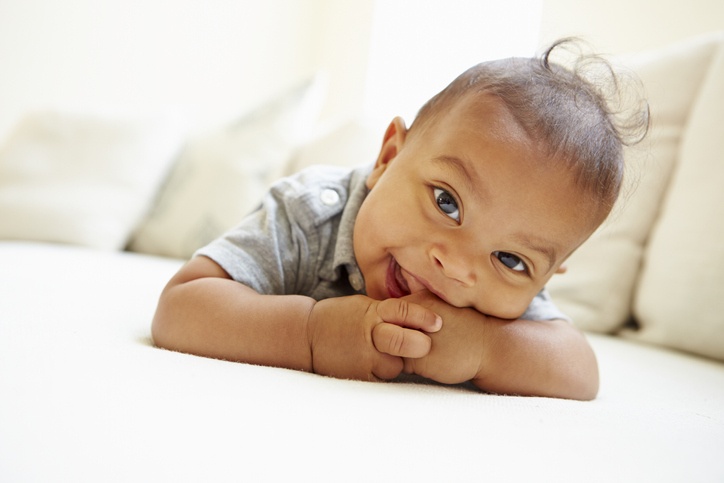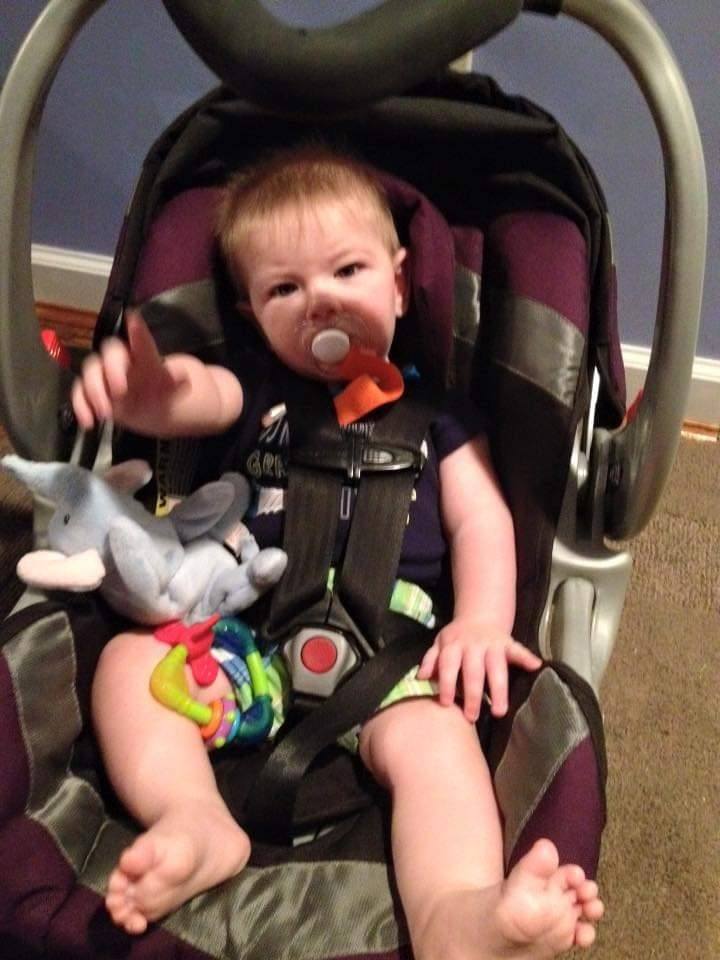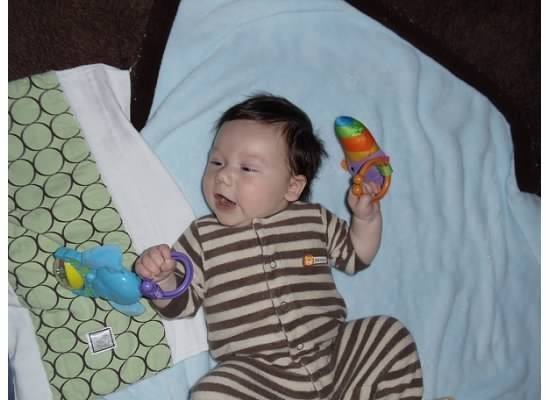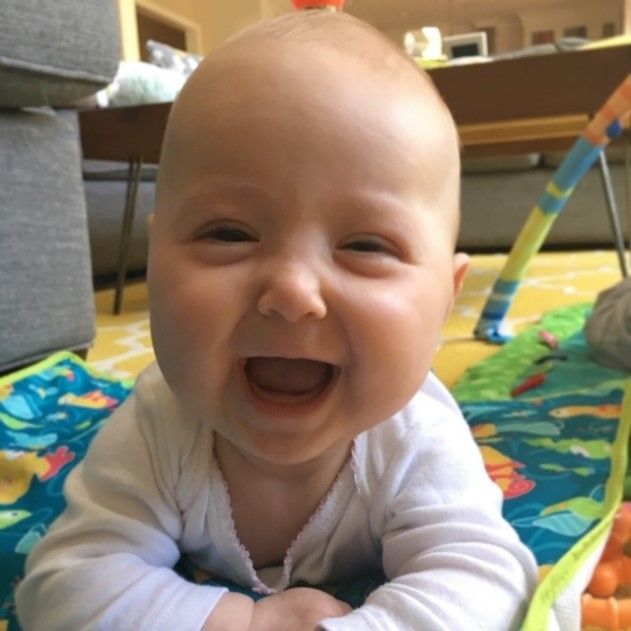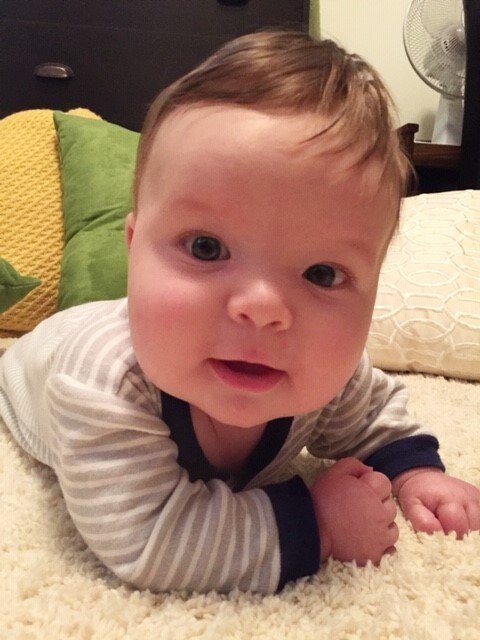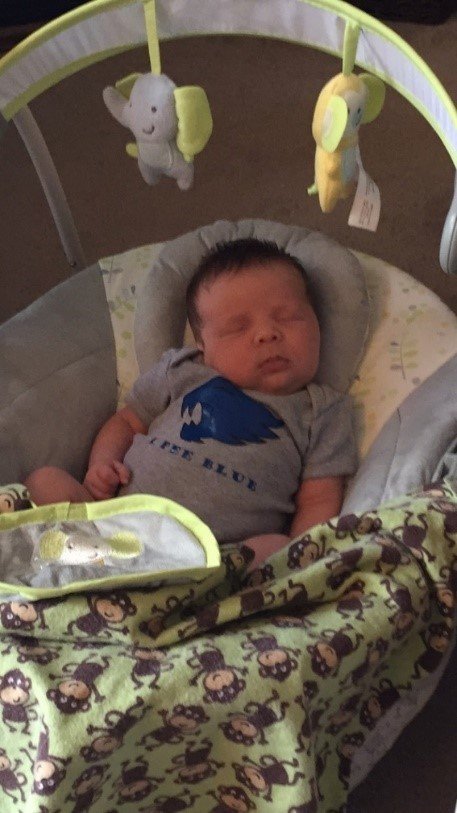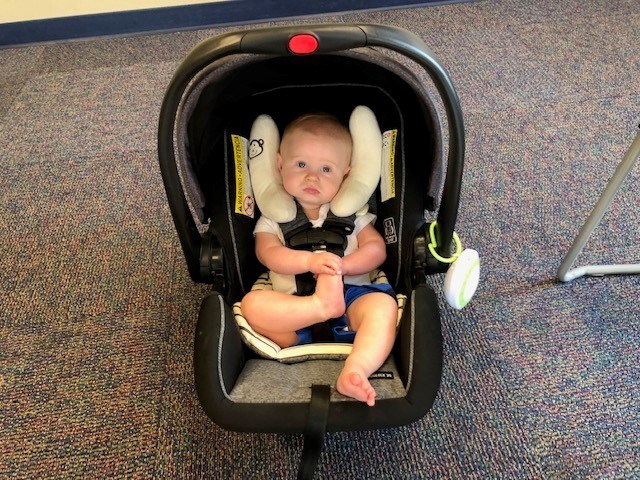Torticollis Therapy
Serving Cincinnati OH, Dayton OH and surrounding areas
What is Torticollis?
You may have noticed that your baby may prefer to look towards one side, he has difficulty turning his head towards one side, he may keep his head tilted towards one side, or maybe he has a flat spot on the back or side of the head. If so, he may have something called torticollis. Torticollis is a diagnosis characterized by having a tight sternocleidomastoid muscle (SCM). The SCM muscle helps tilt the head to one side and turn the head to the opposite side, so this is how a baby will typically prefer to be positioned if they have torticollis. Occasionally they might also tilt and turn toward the same side because other neck muscles can also be affected. This condition can begin before, during, or after birth and can sometimes affect their development. Ultimately, it can cause the muscles on one side of the body to become tight with the muscles on the opposite side of the body becoming stretched and weakened. This makes it harder for infants to look from side to side, to use their legs and arms normally, and can affect the way they learn to sit, crawl, and play or even eat and talk. However, with weekly physical therapy and a daily home exercise program, this issue can be resolved in just a few months.
How Does Torticollis Develop?
Torticollis can be acquired due to a traumatic or non-traumatic incident, but it is most commonly congenital and non-traumatic. A traumatic cause may be due to trauma at birth or neurological causes. Non-traumatic congenital torticollis is usually due to the baby’s position in utero. Congenital torticollis is common in a mother’s first birth, multi-births, when a baby is larger, when a mom is petite, if a baby is born breech or in other “cramped” positions. The baby does not have enough room in utero, and the baby’s neck develops a “kink”, much like you might get if you sleep incorrectly one night. Now imagine sleeping like that for 9 months! This is why these children will develop a tightness of the SCM muscle and have trouble moving their necks.
Developmental Checklist
Is your child meeting their developmental milestones?
How will Torticollis Affect My Baby?
Head Shape
After the “Back to Sleep” program was implemented in the 1990’s, there was an increase in torticollis and head shape concerns. The program educated parents that the safest place for your child when asleep and/or unsupervised is on their backs. While the incidence of SIDS (sudden infant death syndrome) has decreased, babies now spend more time on their backs. Under a year old, babies’ skulls are still malleable because the growth plates have not yet closed between the bones in the skull. Therefore, prolonged positioning of the baby on his back with his head in one direction can cause a flat spot - this is called plagiocephaly. This can affect the shape of the rest of the baby’s head, with changes in the forehead, ear positioning, and facial asymmetries.
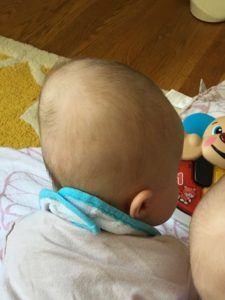
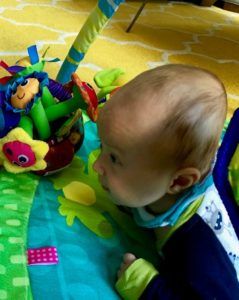
Development
Sometimes torticollis may have no effect on development. However, occasionally the child may become behind on gross and fine motor skills. Tight neck muscles make it difficult to perform certain activities such as rolling, crawling, or even tolerating tummy time, which then can lead to asymmetrical development and strength and cause problems later on.
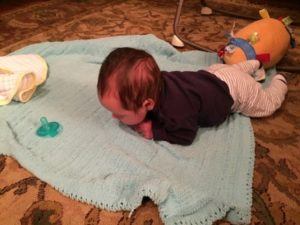

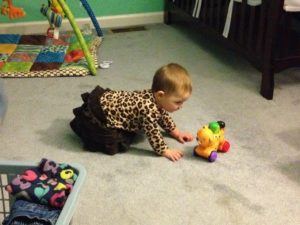
Feeding and Speech
Torticollis will occasionally affect the muscles in a baby’s face. If you notice your baby is having trouble latching or sucking, or you see your baby losing liquid out of one side of his mouth, make sure to tell your therapist. Your therapist can arrange a consult with a speech therapist to provide stretches for the muscles in your baby’s face. If left untreated, this can later affect your child’s swallowing or even their speech.
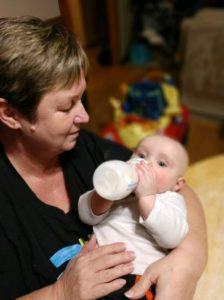


How Can I Prevent Torticollis in my Baby?
Tummy Time!
Place your baby on his or her tummy, while being supervised, as often as you can - at least 10 minutes at a time 3 times a day. If your baby initially has trouble with this, try in an elevated position like on a boppy pillow or even on your chest or leg. Time on their belly is time with less pressure on their heads to allow the head to keep that rounded shape. A baby develops neck, back and arm strength when playing on their tummy. Visual skills are also matured during tummy time.

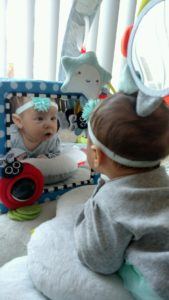
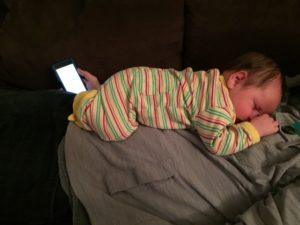
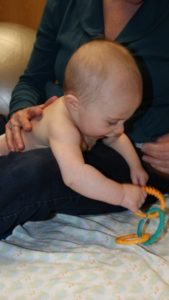
Also, limit the time your child spends in positioning devices like a car seat, stroller, bouncer, swing, bumbo seat, etc. If they must spend time in one of these devices, please make sure they are positioned well and have the strength to hold their head straight. Also, ask you therapist about special positioning pillows that may be appropriate, especially for long car rides in the car seat.
NO
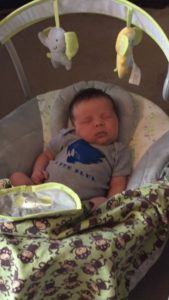
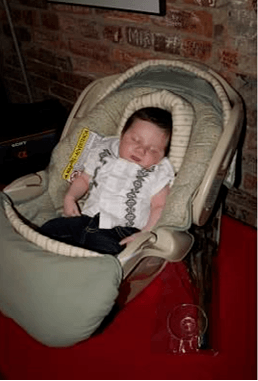
YES
How is Torticollis Treated?
Initially a diagnosis of torticollis can be daunting. But don’t worry! Physical therapy can help resolve your baby’s torticollis and improve the shape of your baby’s head! After your baby’s evaluation, you and your physical therapist will work together to help improve your baby’s strength, posture, development and head shape. Your physical therapist will also make sure to rule out any other causes of torticollis, such as neurological, vision, or digestive issues. Physical Therapy treatment is usually recommended once or twice a week to guarantee faster results. Treatment typically consists of parent/caregiver education, stretching tight muscles, strengthening weak muscles, and addressing developmental gross motor milestones like rolling, crawling, and sitting.
Although the physical therapist plays an important role, it is also crucial that the home exercise program be followed as well. This program typically consists of stretches, re-positioning techniques, and strengthening exercises - all taught by the physical therapist and usually practiced during the session.
If your baby’s head shape does not respond to repositioning and addressing the torticollis, a cranial shaping helmet may be used to directly address the shape of your baby’s head. The use of the helmet is backed by research and has been proven to be the most effective in terms of returning the head shape towards a more normal appearance. The helmet is worn 23 hours of the day, and is changed periodically by the orthotist as the baby’s head grows.
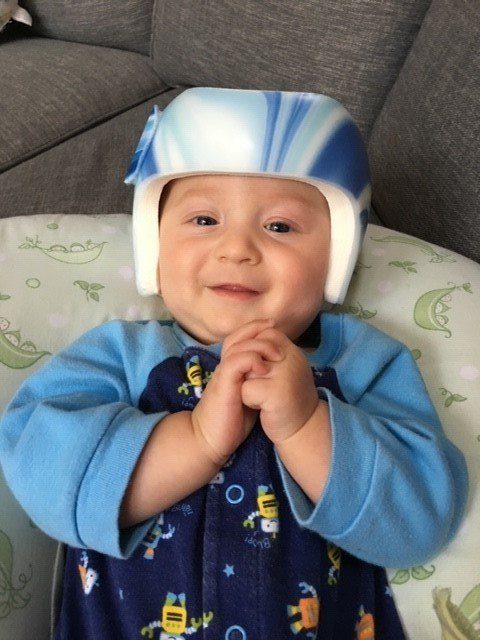
If you have further questions about torticollis, the role of physical therapy, or the use of a helmet, please contact ABC Pediatric Therapy for more information and to schedule an appointment.
Blogs you might find helpful:
https://www.abcpediatrictherapy.com/torticollis-what-is-it-and-how-can-i-help-my-child-2/
 Skip to content
Skip to content
